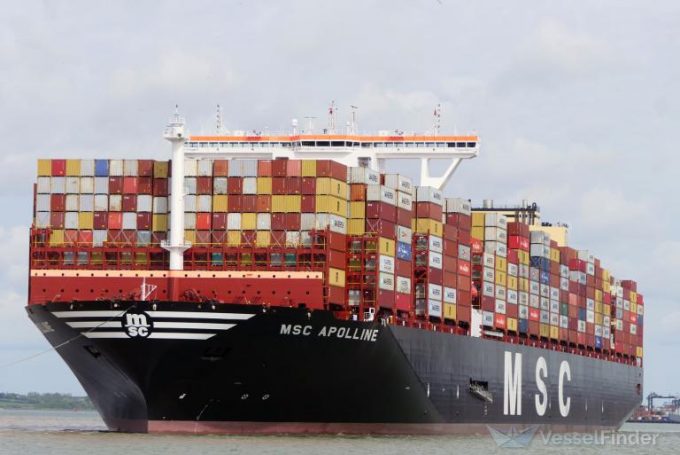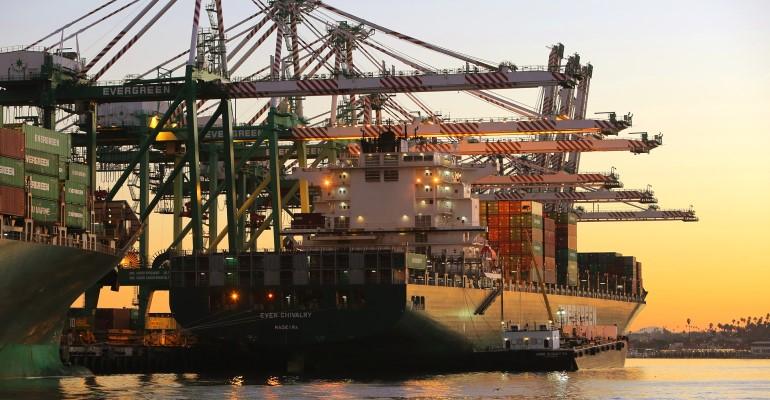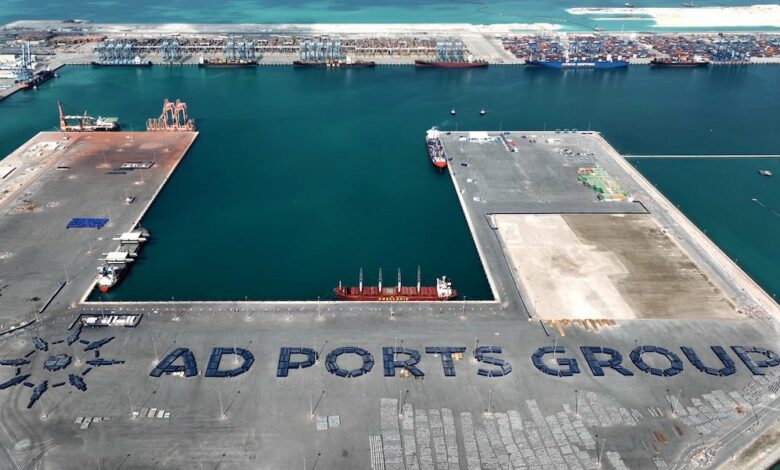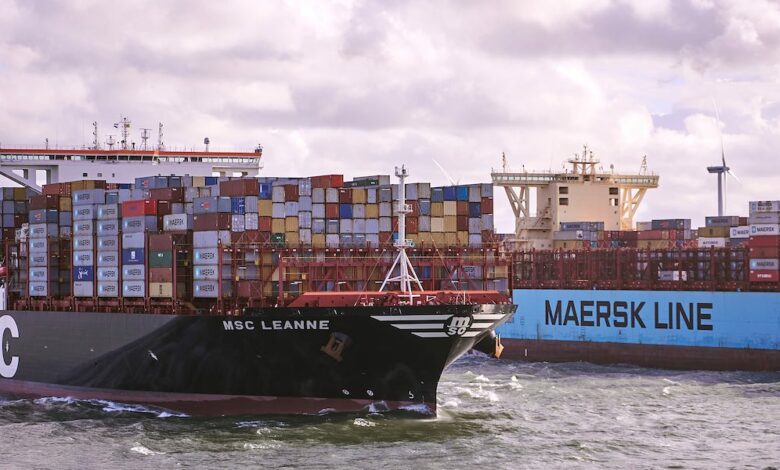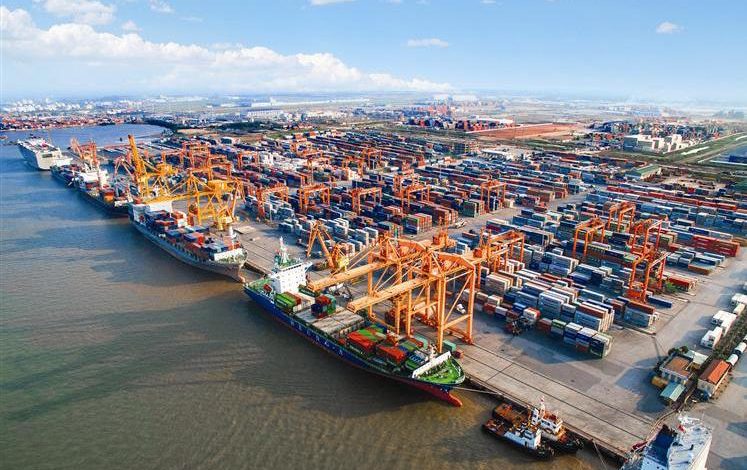RusCon and partners launch St Petersburg link to Turkey

By Martina Li in Taiwan The Loadstar
RusCon, the container multimodal arm of Russian logistics company Delo Group, has teamed with Mountain Air Shipping, a Dubai-based container shipping company, to launch a liner service linking Turkey with the Baltic Sea port of St Petersburg.
The service will operate monthly and turn in 36 days, with a transit time of 15-17 days between Ambarli and St Petersburg.
Until this month, Mountain Air was headed by Alexander Isurin, who joined the company in October from TransContainer , where he was president.
Mr Isurin was at TransContainer from March 2020 to September 2022. Prior to that, he was FESCO president from February 2016 to February 2020.
The collaboration between RusCon and Mountain Air, may have been facilitated by Mr Isurin whose connection with Delo Group’s intermodal freight unit, TransContainer may have smoothed the partnership.
Delo claims to have moved more than 100,000 teu last year, using 14 chartered ships.
The news comes as other newcomer operators, unperturbed by sanctions, are expanding their Russian offerings to St Petersburg, and have been buying and chartering ships to fulfil demand, according to Linerlytica’s latest report.
On 30 March, Russian operator Transit Line launched a direct China to St Petersburg service with the 2,193 teu Xin Long Yun 86 , the largest ship it has operated so far. Only one sailing has been advertised so far.
Linerlytica noted that carriers active in the Russian market had been dominating ship purchases for this region. Safetrans Logistics, which began China-Russia liner services in February, has ventured into ship owning with the purchase of the 2003-built 4,253 teu CMA CGM Algeciras, renaming it SFT Turkey.
In the past fortnight, Yangpu New New Shipping, part of China-based Torgmoll Group, has acquired the 1997-built 3,834 teu Zhong Gu Liao Ning from compatriot C Logistics, renaming it Xin He Lu 2, and the 2007-built 3,534 teu Northern Debonair (renamed Newnew Star) from Northern Shipping for $14.18m, bring the number of ships acquired by the group this year to eight.
Hong Kong-incorporated OVP Shipping has acquired the 1998-built 2,464 teu Buxhansa from NSB Niederelbe, and renamed it OVP Aries. It is OVP’s second purchase, after the 2003-built 2,824 teu OVP Taurus (ex-AS Carinthia) last month.
OVP, originally an LNG tank shipping business established in 2020, began container shipping operations connecting Vladivostok and Novorossiysk with China last June and, in February, began offering connections to St Petersburg through slot purchases on Safetrans’s service.

